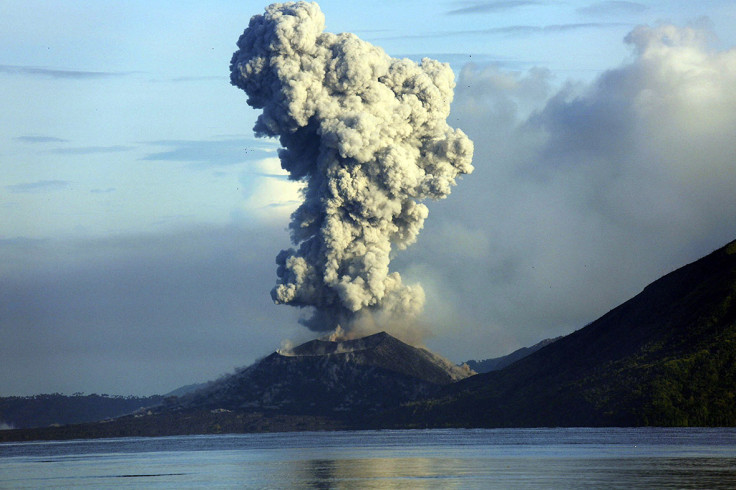Volcano Theory Challenged: Mantle Plumes Do Not Exist Say Scientists

A long-held theory about volcanoes has been challenged by scientists who say magma plumes, which were thought to push molten rock toward the surface, may not exist.
Researchers at Caltech and the University of Miami, Florida, say there is "no sound physical or logical basis" for mantle plumes: "They are akin to Rudyard Kipling's 'Just So Stories' about how giraffes got their long necks," said researcher Don Anderson.
Currently, scientists believe the heat from the Earth's core generates narrow jets of hot magma that act like pipes. How they are created is not known, but it has long been assumed they exist and that they are no more than 300km wide.
"Much of solid-Earth science for the past 20 years - and large amounts of money - have been spent looking for elusive narrow mantle plumes that wind their way upward through the mantle," Anderson explained.
The scientists say that more seismic stations and improved knowledge of the planet has led them to confirm that there are no narrow mantle plumes. Instead, they propose these plumes are large, slow upward-moving chunks of mantle around 1,000km wide.

Researchers say the movement of the mantle is from the cooling at the Earth's surface, rather than heat from the core – when material cools it sinks, pushing deeper material upwards.
Anderson said the formation of volcanoes comes from plate tectonics. Magma that is less dense than the surrounding mantle rises until it reaches the bottom of the plates. Stress in these plates causes cracks and then the magma is squeezed out, causing eruptions at the surface.
Anderson said that the magma comes from within the upper 200km of the mantle and not thousands of kilometres beneath Earth's surface as the previous theory suggests.
The behavior is similar to that of a lava lamp, in which blobs of wax are heated from below and then rise before cooling and falling. But a fundamental problem with this picture is that lava lamps require electricity, he says, and that is an outside energy source that an isolated planet like Earth does not have.
"This is a simple demonstration that volcanoes are the result of normal broad-scale convection and plate tectonics," Anderson said.
© Copyright IBTimes 2025. All rights reserved.






















